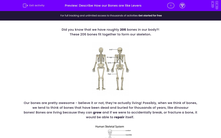Did you know that we have roughly 206 bones in our body?!
These 206 bones fit together to form our skeleton.
.jpg)
Our bones are pretty awesome - believe it or not, they’re actually living! Possibly, when we think of bones, we tend to think of bones that have been dead and buried for thousands of years, like dinosaur bones! Bones are living because they can grow and if we were to accidentally break, or fracture a bone, it would be able to repair itself.
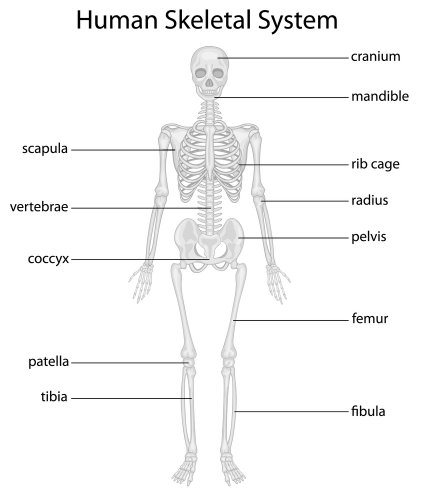
The bones in our skeleton are all important of course, but some of the main bones to remember are our vertebrae, which are small bones that make up our backbone, the rib cage in our chest, our skull and the femur in our thigh.
Can you find these bones in the image above?
Did you know that the femur is actually the longest and strongest bone in the body? The femur helps to carry our body weight and allows us to move around easily. This is known as the function or job, of this particular bone. Our bones can have many different functions.

One main function of our skeleton is to allow movement. Some of our bones meet at points called joints. Joints have ligaments, tendons and muscles and these allow us to bend and twist - for example, our knee cap (or the patella) allows us to bend our legs.
.jpg)
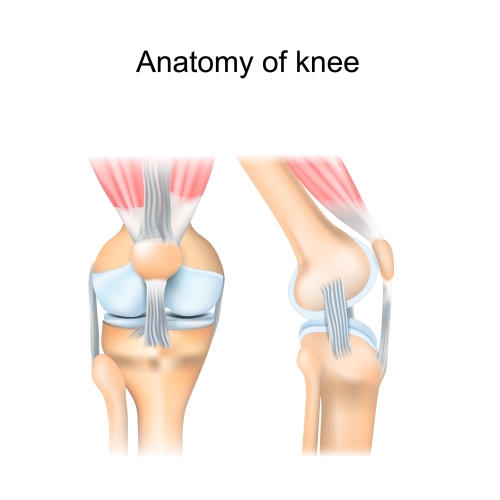
To help allow movement, our bones can act as a lever.
A lever in everyday life is normally a beam or bar used to move something, especially something heavy.
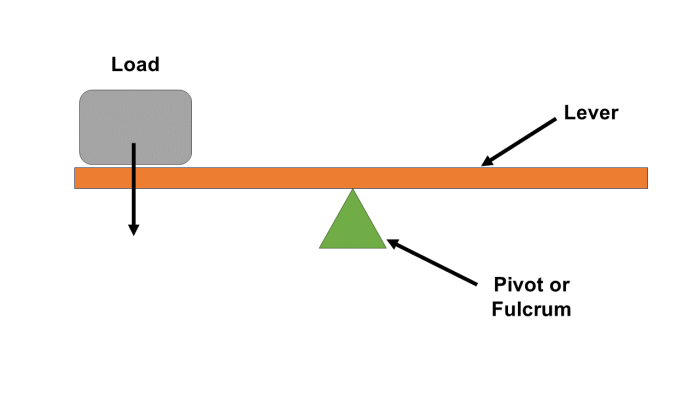
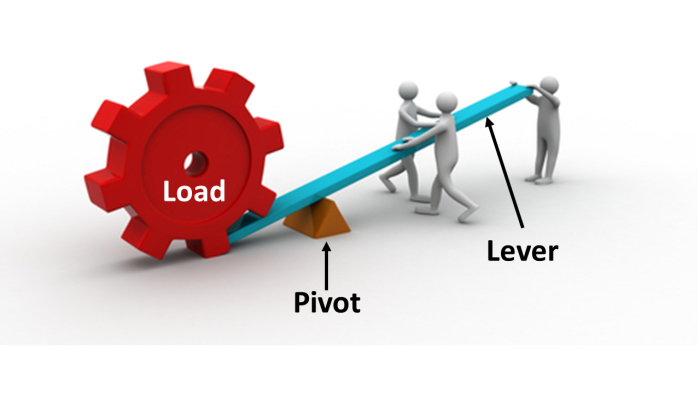
You can see in the image above, the blue bar is the lever. It is resting on something called a pivot (sometimes called a fulcrum). The blue bar moves around the top part of the pivot. What do you think will happen to the red wheel (this is known as the load) when we push down on the opposite end of the lever?
It will move and lift up. Using a lever helps this to happen much more easily - it would be very difficult to move the object using just our strength!
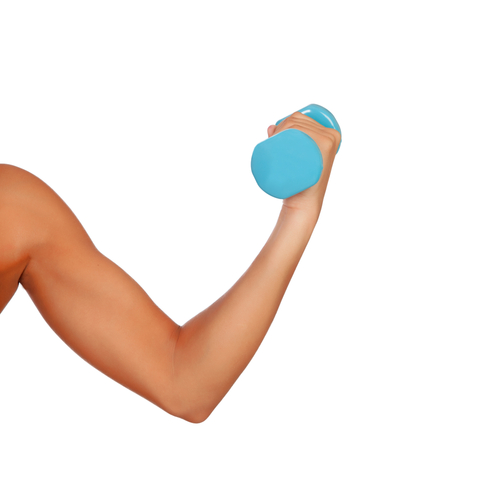
In our body, the bones are the lever and our joints act as the pivot. The load is the body part that is being moved or anything it's carrying. When our muscles contract or squeeze together, they provide the effort or force needed to lift the weight.
In this picture, the arm bone is the lever. The elbow joint is the pivot and the dumbbell is the load. The muscles in the arm produce the force needed to lift the dumbbell. We call this interaction between bones and muscles biomechanics.
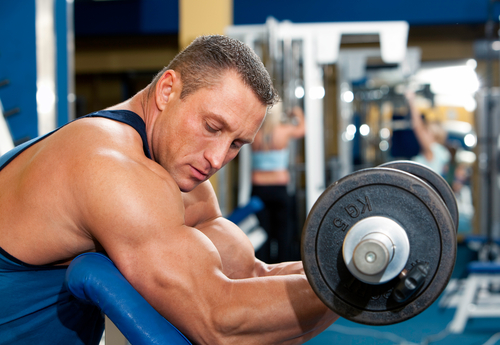
In this activity, we're going to identify the levers and pivots of the human body.

